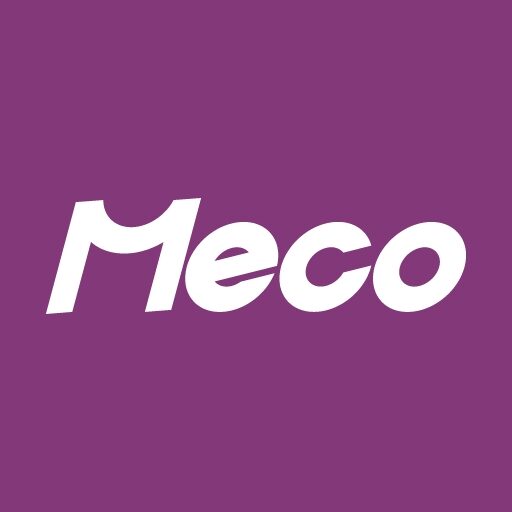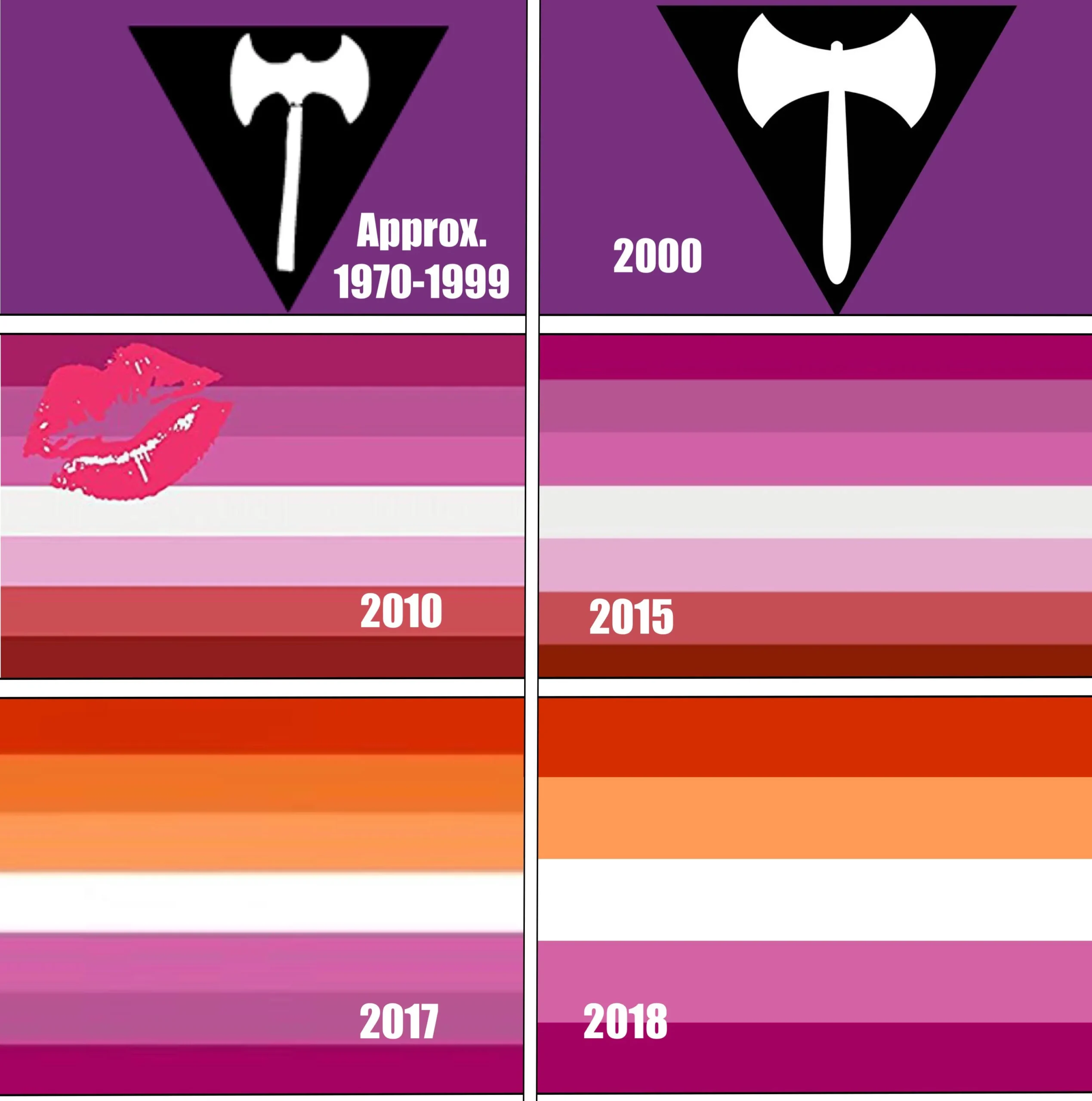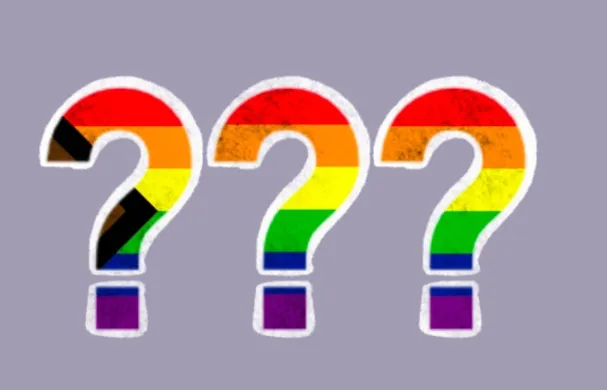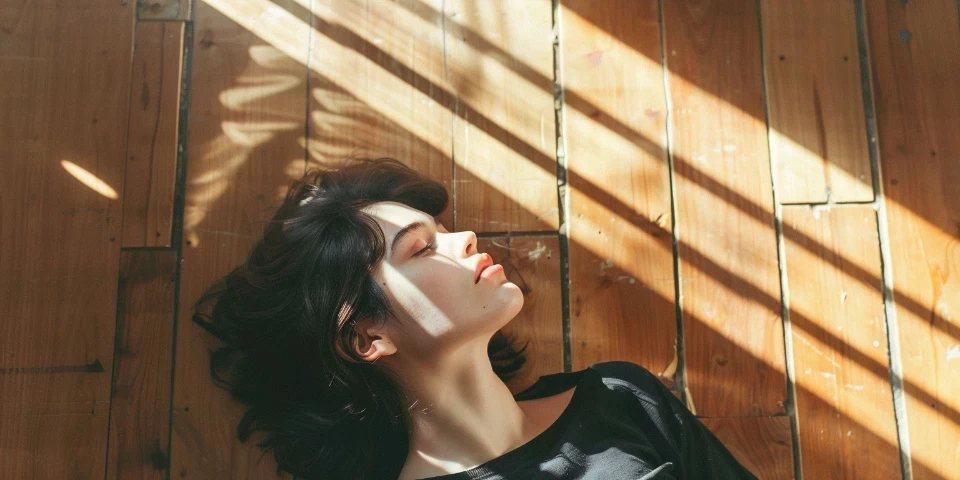Countless flags have emerged to represent the vibrant lesbian community over the years. Since 1999, a multitude of designs has been proposed and utilized, reflecting individual preferences and sparking various controversies. Despite these efforts, no single flag has gained unanimous acceptance within the community as the definitive lesbian emblem.
Lesbian Flags History: A Tapestry of Identity and Resistance
The Labrys Flag: A Symbol of Strength and Reclamation
In the annals of history, 1999 marked the birth of a powerful emblem: the Labrys lesbian flag, conceived by the visionary graphic designer Sean Campbell. Its debut came in June 2000, gracing the pages of the Palm Springs edition of the Gay and Lesbian Times Pride issue. The design is striking and evocative, featuring the labrys—a formidable double-headed axe—poised against the haunting silhouette of an inverted black triangle, all set against a rich violet backdrop. This axe, a weapon wielded by the fierce Amazons of Greek mythology, charged into the consciousness of the lesbian feminist movement in the 1970s, becoming a harbinger of empowerment.
Yet, the origins of the inverted triangle cast a dark shadow upon its history. Women—those deemed asocial and insubordinate to the Nazi ideal, including countless homosexuals—were condemned to the horrors of concentration camps, marked by this same inverted triangle as a badge of shame. In a bold act of reclamation, some lesbians embraced this symbol, paralleling the reclamation of the pink triangle by gay men. The color violet, drenched in the poetic legacy of Sappho, became intricately tied to the identity and struggles of lesbians everywhere, symbolizing both resilience and defiance.
The Lipstick Flag: A Controversial Expression of Femininity
Emerging from the vibrant tapestry of lesbian identity, the Lipstick lesbian flag was designed by Natalie McCray and unveiled on her blog, “This Lesbian Life.” This flag, an audacious display of femininity, showcases seven stripes that transition from royal purple at the top to a pristine white at the center, then cascading into a passionate red at the bottom. A red kiss mark boldly adorns its upper left corner, emblematic of lipstick lesbians—those who embrace a feminine aesthetic. Yet, despite its intent, the flag has sparked contention. Critics argue that it marginalizes the butch lesbian identity, while others condemn its creator for remarks deemed racist, biphobic, and transphobic, resulting in a hesitation to embrace this symbol widely.
The Pink Flag: Simplicity and Togetherness
Out of the discourse surrounding the Lipstick flag arose the “pink” lesbian flag—a simpler yet powerful variant, stripping away the kiss mark while preserving the vibrant colors of its predecessor. This flag quickly garnered a broader acceptance as a universal banner of lesbian pride, offering a sense of unity and identity.
The Orange-Pink Flag: Complexity and Diversity
In 2018, the landscape of lesbian flags evolved once more with the introduction of the “orange-pink” flag, crafted by blogger Emily Gwen on Tumblr. This flag, a reflection of modern complexities, features a spectrum of colors with each hue telling a distinct story: dark orange for “gender non-conformity,” orange for “independence,” light orange for “community,” white for “unique relationships to womanhood,” pink for “serenity and peace,” dusty pink for “love and sex,” and dark rose for “femininity.” Soon after, a streamlined five-stripes version emerged, further enriching the narrative of lesbian identity
Thus unfolds the dramatic saga of lesbian flags—a vibrant tapestry woven from threads of history, identity, empowerment, and the ongoing quest for inclusivity. Each flag, a testament to the resilience and diversity of the lesbian community, stands as a symbol of pride and solidarity against the formidable tides of oppression.

2023 Lesbian Statistics
In 2023, a survey examined LGBTQ+ identity across different generations, highlighting significant differences in self-identification.
Generation Z stands out with a higher percentage of individuals identifying as LGBTQ+ at 22.3%. This group includes 3.0% identifying as lesbian, 2.6% as gay, 15.3% as bisexual, and 2.8% as transgender, with 1.0% identifying as “other LGBTQ+.”
Millennials follow, showing 9.8% identifying as LGBTQ+. Within this group, 1.3% are lesbian, 1.6% gay, 5.9% bisexual, 1.1% transgender, and 0.4% categorize themselves as other LGBTQ+.
Generation X has a lower overall identification rate at 4.5%, with 0.7% identifying as lesbian, 1.3% as gay, 1.5% as bisexual, 0.5% as transgender, and 0.2% as other LGBTQ+.
Baby Boomers show a further decline, with only 2.3% identifying as LGBTQ+. This demographic includes 0.7% as lesbian, 0.9% as gay, 1.0% as bisexual, and 0.4% as transgender.
Finally, the Silent Generation displays the smallest representation of LGBTQ+ identity at 1.1%, with only 0.2% identifying as lesbian, 0.4% as gay, and 0.4% as transgender, with no individuals identifying as other LGBTQ+.
This data illustrates a clear trend: younger generations are more likely to identify as LGBTQ+, reflecting changing societal attitudes and greater visibility of diverse sexual orientations and identities.
Lesbian Dating Advice
The abundance of lesbian dating tips, articles, and memes reflects the diverse and multifaceted nature of the experience. Before diving into any advice, it’s essential to assess your dating goals, expectations, and the types of women you want to attract into your life.
Meco proudly hosts a vibrant singles community for lesbians, offering a welcoming space for individuals to connect, share experiences, and build meaningful relationships. Whether you’re looking for friendship, romance, or just a community to be part of, Meco is here to support you in your journey. Join us to explore the possibilities and find your place within our diverse and inclusive lesbian community!
Getting Started in the Lesbian Dating Scene
When it comes to lesbian dating, there’s no substitute for approaching someone and striking up a flirtatious conversation. This age-old practice can still provoke anxiety and dread, making it seem daunting to many.
The best advice for overcoming those nerves is simple: take a deep breath, remember that everyone is human, and try not to overthink it.
Crafting Your Online Profile
Presenting yourself on dating platforms requires a certain finesse. You’ll want to be distinctive without coming off as strange, share enough about yourself without delving into a lengthy autobiography, and pique interest without omitting the essentials. It’s a delicate balance.
Making the First Move
Expressing interest, asking someone out, and initiating physical intimacy can be nerve-wracking. However, a survey from UC San Diego reveals that lesbians excel at courtship skills, giving you a solid foundation for positive interaction.
This also means you must be bold and willing to take the initiative when you’re interested in someone. Remember, traditional gender roles don’t apply, so it’s up to one of you to take that first step.
Navigating Online Dating
If you’ve found lesbian dating challenging, it often stems from a dating culture that promotes choice overload, shallow interactions, and a disposable approach to relationships. An important piece of advice is to resist cynicism and strive for genuine, meaningful connections online for your own fulfillment.
If you’re serious about finding a lasting connection, prioritize personal compatibility over superficial attraction.
Getting Through First Dates
Comparing first dates to job interviews suggests an overly rigid perspective. While it’s natural to ponder on date ideas and making a great impression, focus on being present. Many lesbians seek dates not just for romance but for entertainment, intrigue, and humor—it’s a social encounter too.
A helpful tip is to leave them wanting more rather than revealing everything. Most people don’t expect to see the full package on the first date.
From First Dates to Lasting Relationships
Common dating pitfalls can arise after that initial encounter. Here are some essential tips to navigate this phase:
- Avoid oversharing too soon, as it can come across as inappropriate or needy.
- Playing hard to get can be alluring in moderation, but overdoing it might lead them to think you’re disinterested.
- Approach intimacy at your own pace. While lesbian dating can be emotionally intense and commitment-focused, it’s vital to safeguard your own feelings in case things don’t progress.
Always be mindful of your own red flags and warning signs.
Embrace Your Unique Dating Journey
Remember, dating is about connecting with others and creating new experiences, so try not to take it too seriously or be discouraged by fleeting connections. This phase should be fun and carefree.
As a final piece of advice, step into the dating scene with confidence, pursue what you desire, and take risks. The worst that can happen is a “no,” which is insignificant compared to the exciting possibilities ahead.
For a unique online dating experience focused on personality, consider trying Meco. With over years of experience in forming connections, Meco uses a psychology-based approach to compatibility and offers valuable insights into your potential matches. Join for free today and discover what it has to offer.




